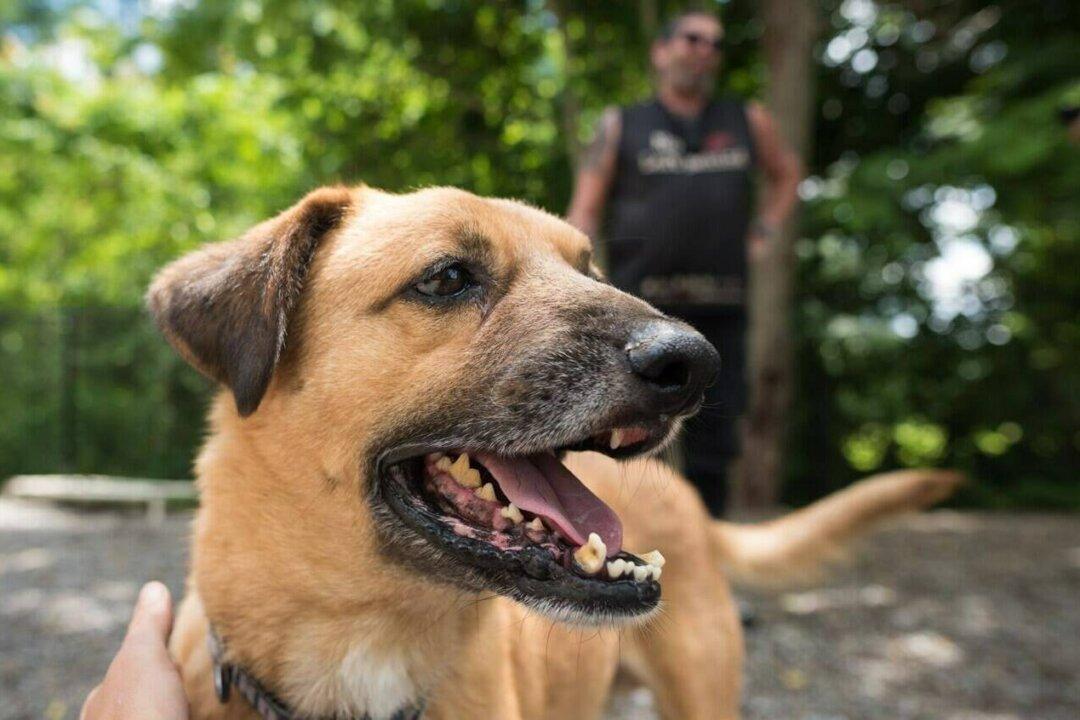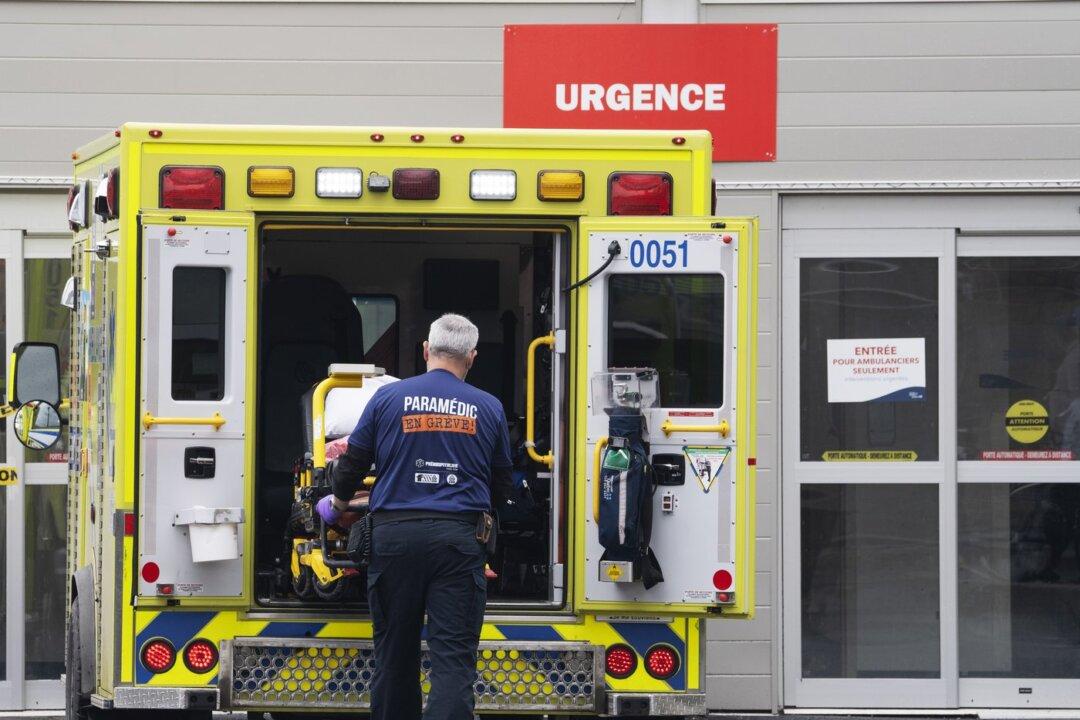Federal authorities are set to close Canada’s borders Wednesday to commercial dogs, including ones being put up for sale or adoption, from more than 100 countries deemed to be at high risk for canine rabies.
The move has been met with fierce opposition from some animal rescuers and advocates, but the Canadian Veterinary Medical Association says it’s necessary to protect people and dogs from a deadly disease.





